
PCB Blog
-
Extend Extended Gerber – Gerber X2
Posted by
–
 Read more: Extend Extended Gerber – Gerber X2
Read more: Extend Extended Gerber – Gerber X2Introduction to Gerber X2 Gerber X2 is an extension of the standard Gerber format used for PCB design and manufacturing. It was developed by Ucamco, the company that maintains the Gerber format standard. Gerber X2 adds new features and enhancements to the existing Gerber format to improve the efficiency and […]
-
Why you should supply us with Gerber X2 files.
Posted by
–
 Read more: Why you should supply us with Gerber X2 files.
Read more: Why you should supply us with Gerber X2 files.Introduction to Gerber X2 Gerber X2 is a modern file format used in the electronics manufacturing industry for the exchange of PCB design data. It is an extension of the widely used Gerber RS-274X format, offering enhanced features and capabilities that streamline the PCB Fabrication process. In this article, we […]
-
New major EAGLE software update
Posted by
–
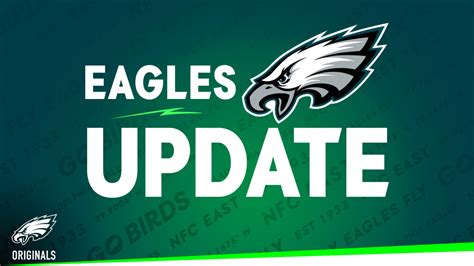 Read more: New major EAGLE software update
Read more: New major EAGLE software updateEAGLE Update Delivers Advanced Routing, Simulation, and Library Management Tools The latest update to Autodesk’s Eagle PCB design software introduces a range of powerful new features and enhancements to streamline the electronics design process. EAGLE, widely used by engineers, hobbyists, and electronics manufacturers, receives regular updates to improve productivity and […]
-
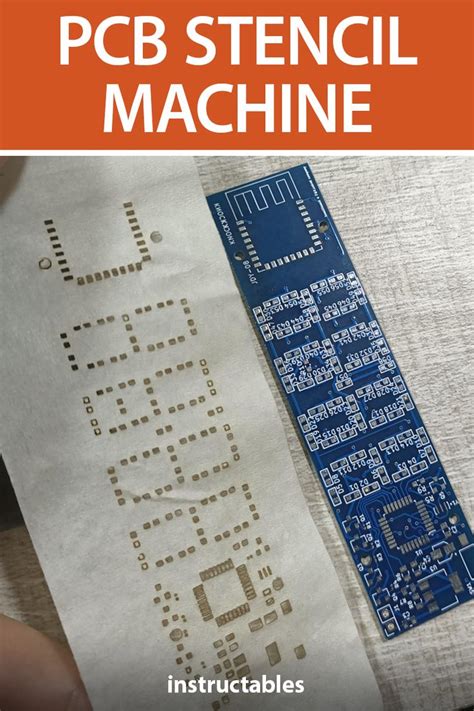 Read more: Registration System Details for PCB’s and Stencils.
Read more: Registration System Details for PCB’s and Stencils.Introduction to PCB and Stencil Registration Printed Circuit Boards (PCBs) and stencils are essential components in the manufacturing process of electronic devices. To ensure proper alignment and accurate placement of components during the assembly process, a registration system is crucial. In this article, we will delve into the details of […]
-
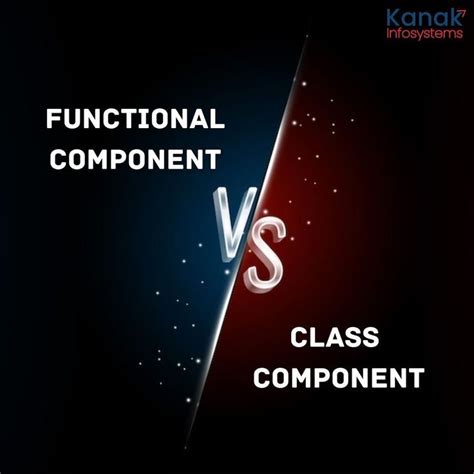 Read more: What is class component and Functional component?
Read more: What is class component and Functional component?Table of Contents Introduction to React Components Class Components Syntax and Structure Lifecycle Methods State and Props Event Handling Functional Components Syntax and Structure Props State with Hooks Side Effects with Hooks Class Components vs Functional Components Comparison Table When to Use Class Components When to Use Functional Components Best […]
-
What is PCB Visualizer
Posted by
–
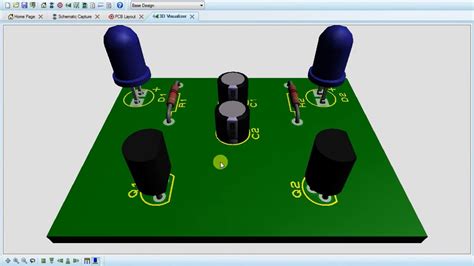 Read more: What is PCB Visualizer
Read more: What is PCB VisualizerIntroduction to PCB Visualizer PCB Visualizer is a powerful software tool designed to help engineers, designers, and manufacturers create, analyze, and optimize printed circuit board (PCB) designs. It provides a comprehensive set of features that enable users to visualize, simulate, and troubleshoot PCB layouts, ensuring high-quality and reliable electronic products. […]
-
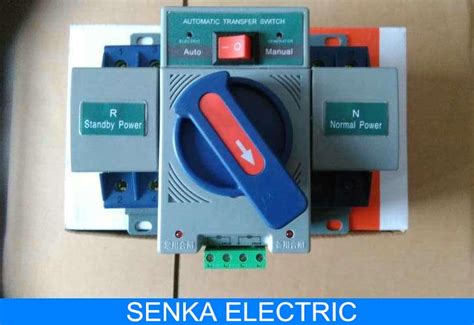 Read more: Application paper – Intelligent Power Switch for Raspberry Pi
Read more: Application paper – Intelligent Power Switch for Raspberry PiIntroduction to the Intelligent Power Switch The Raspberry Pi is a popular single-board computer that has found widespread use in hobbyist projects, educational settings, and even industrial applications. One of the key challenges in deploying Raspberry Pi devices is managing their power consumption and ensuring reliable operation. This is where […]
-
What is HAL lead-free?
Posted by
–
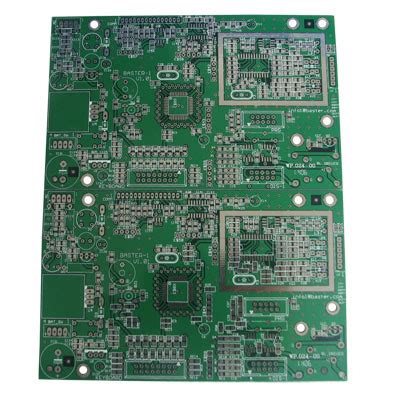 Read more: What is HAL lead-free?
Read more: What is HAL lead-free?Introduction to HAL lead-free HAL lead-free is a type of Lead-free Solder alloy that is commonly used in the electronics industry. It is an acronym that stands for “High-reliability Alloy Lead-free”. HAL lead-free solders are designed to provide a reliable and durable alternative to traditional lead-based solders, which have been […]
-
What does the MCU board do?
Posted by
–
 Read more: What does the MCU board do?
Read more: What does the MCU board do?Introduction to MCU Boards and Their Functions A microcontroller unit (MCU) board is a compact, programmable circuit board that contains a microcontroller chip and various input/output peripherals. MCU boards are designed to control electronic devices and systems by executing software programs stored in their memory. These versatile boards find applications […]
-
PCB Definition Section
Posted by
–
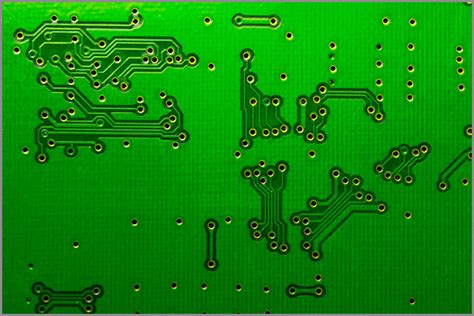 Read more: PCB Definition Section
Read more: PCB Definition SectionWhat is a PCB? A PCB, or Printed Circuit Board, is a fundamental component in modern electronics. It is a flat board made of insulating materials, such as fiberglass or plastic, with conductive pathways etched or printed onto its surface. These pathways, known as traces, connect various electronic components, such […]




